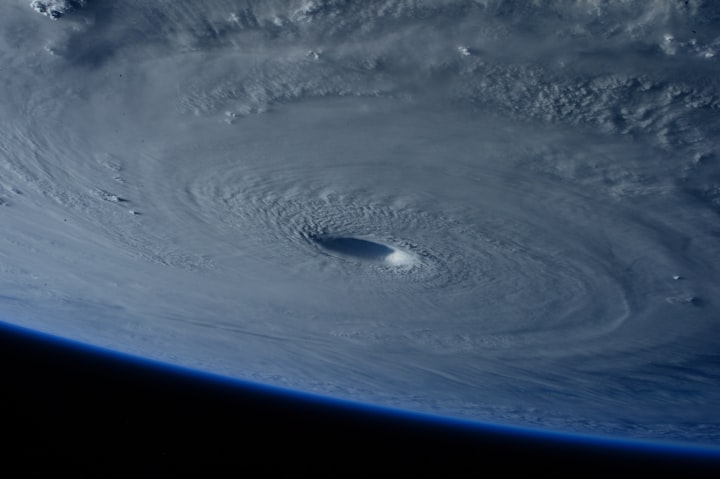Why Fixing The Fourth Line Is So Important
Another installment of Blueshirt Banter's "Summer Questions."
This summer we'll be doing a segment called "Summer Questions" which is basically the biggest questions the New York Rangers are facing as they enter this summer. In many ways this summer is one of the most important this team has faced in a long time; with the team on the edge of continuing to contend for the Stanley Cup or drowning in a pool of their own mistakes.
If you missed the first series of questions you can re-live them below:
Why Martin St. Louis needs to be a cap casualty. And this happened, with St. Louis retiring this summer.
Do the Rangers need to trade Cam Talbot this year? (Spoiler: they already did).
Does it matter the Rangers don't have many high-end prospects in the farm.
Today's will focus on a familiar topic; the fourth line.
The fourth line is probably the hottest of all the hot buttons this year. We talked about it at length (probably too much, really) and it ended up being a major factor in the playoffs.
I have always maintained it's a bigger issue than people seemed to think it was. A good fourth line is sort of like the Light and Sound director during a Broadway play, the less you notice them the better they're doing. In some ways that's not completely true -- since 2014's fourth line garnered all kinds of deserved praise during their Stanley Cup run -- but in other ways it does make it easy to overlook.
 Must Reads
Must Reads 
 Must Reads
Must Reads 
Back in October I talked about how rationalizing the last three forwards on a team with "it's just the fourth line" was a horrible idea. From that story:
What seems to get overlooked about last year's fourth line is how their defensive assignments helped the rest of the team. Because that line was deployed in the defensive zone so much, it allowed more offensive players to get easier matchups in the offensive zone.
This year Vigneault hasn't been able to deploy the fourth line in a similar way, mainly because he keeps penciling Glass into the lineup every night; and that's hurt the team. Not only because Vigneault doesn't have a fourth line he can rely on, but also because other offensive players need to play more defensive assignments to make up for it.
Again, that was in October. The point remains the same this year. "The fourth line (even Glass) was better in the playoffs!" I can already hear it being yelled. But maybe the fourth line looked better because:
First Round: The Penguins had no bottom six depth.
Second Round: The Capitals are a big slow team and the top-nine handled the tougher defensive minutes.
Third Round: The fourth line was routinely dominated when playing the Lightning's top-nine (and even got burned against their fourth).
Here's the other reality: Last year -- while tasked with playing against the likes of Claude Giroux, Evgeni Malkin, Sidney Crosby, Anze Kopitar and Marian Gaborik -- the fourth line combined for 17 points in the playoffs. This year's fourth line -- while being mostly sheltered -- combined for just six points (and Moore had half of them).
That's an enormous difference, and it's only part of what made the fourth line so effective in 2014. Remember, Brian Boyle, Derek Dorsett and Moore were taking the tough shifts against the big boys in the defensive zone, creating more offensive opportunities both off the draw and off the change for the top-nine.
There's a reason the 2014 third line (Derick Brassard, Mats Zuccarello and Benoit Pouliot) were able to take more offensive situations and use them to their advantage, and it's because the fourth line handled the brutal dirty work. If you put this year's fourth line on the 2014 New York Rangers i doubt the third line finds any real traction and the team doesn't do much damage in the playoffs.
There's another factor at play here, too: The Rangers need money. We've obviously run through pretty much every angle of the Derek Stepan negotiations, but the Rangers really don't have an opportunity to waste space on inadequate players.
If you remove Tanner Glass' $1.45-million cap hit and replace him with, say, Ryan Bourque (or Oscar Lindberg, but Bourque is signed so we can use his cap hit) the Rangers save nearly a million dollars in cap space (assuming they take no money back on a Glass trade if they can even move him).
This is a doubled-edged need, though. Yes, the Rangers desperately need the cap space to re-sign a ridiculously important player for the long haul, but the Rangers also need to upgrade their fourth line if they want to be true Stanley Cup contenders.
They've already done some of that by bringing in Victor Stalberg and Raphael Diaz in on the cheap. Diaz helps strengthen the Rangers defensive corps while Stalberg is a fantastic bottom six addition to the team.
The Rangers have taken a few big steps to fixing their fourth line. What they do the rest of the summer will be a really important answer here, because it might not seem like a big deal but the fourth line is really more important than most think.



